-
 Bitcoin
Bitcoin $118400
0.47% -
 Ethereum
Ethereum $3836
2.20% -
 XRP
XRP $3.157
2.98% -
 Tether USDt
Tether USDt $0.9999
-0.03% -
 BNB
BNB $801.5
1.31% -
 Solana
Solana $180.9
2.07% -
 USDC
USDC $0.9999
-0.02% -
 Dogecoin
Dogecoin $0.2225
2.50% -
 TRON
TRON $0.3285
-1.02% -
 Cardano
Cardano $0.7789
2.60% -
 Hyperliquid
Hyperliquid $43.60
2.39% -
 Sui
Sui $3.892
4.41% -
 Stellar
Stellar $0.4229
3.34% -
 Chainlink
Chainlink $18.01
3.98% -
 Hedera
Hedera $0.2745
6.77% -
 Bitcoin Cash
Bitcoin Cash $582.3
3.38% -
 Avalanche
Avalanche $23.77
1.04% -
 Ethena USDe
Ethena USDe $1.001
0.01% -
 Toncoin
Toncoin $3.493
3.59% -
 Litecoin
Litecoin $110.0
2.48% -
 UNUS SED LEO
UNUS SED LEO $8.936
-0.37% -
 Shiba Inu
Shiba Inu $0.00001304
2.49% -
 Uniswap
Uniswap $9.999
1.09% -
 Polkadot
Polkadot $3.897
3.26% -
 Monero
Monero $308.6
-0.83% -
 Dai
Dai $0.9999
-0.01% -
 Bitget Token
Bitget Token $4.504
-0.04% -
 Pepe
Pepe $0.00001154
2.95% -
 Cronos
Cronos $0.1471
3.06% -
 Ethena
Ethena $0.6691
19.53%
What programming languages are used for blockchain?
Blockchain developers rely on languages like Solidity, Rust, and Go to build secure, efficient decentralized applications and infrastructure tailored to specific platforms.
Jul 31, 2025 at 08:29 am
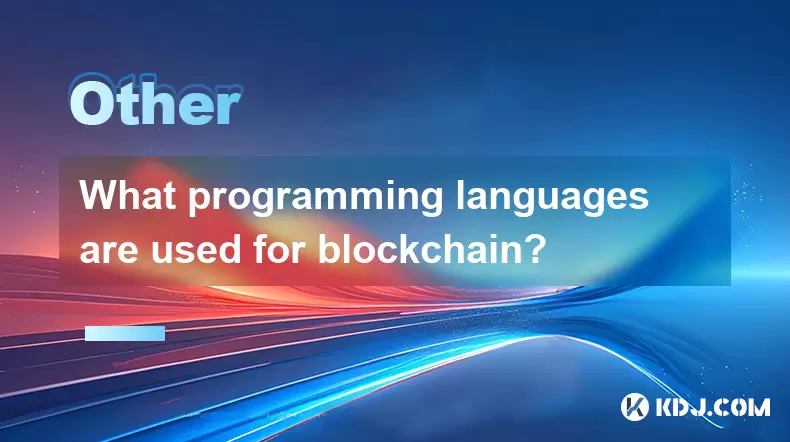
Understanding the Role of Programming Languages in Blockchain Development
Blockchain technology relies heavily on programming languages to build decentralized applications (dApps), smart contracts, and the underlying infrastructure. Each blockchain platform has its preferred or native language, which is optimized for security, efficiency, and compatibility with the network. Developers must choose the appropriate language based on the blockchain they are targeting. Solidity, Rust, and Go are among the most commonly used languages in the blockchain ecosystem.
Solidity: The Language for Ethereum Smart Contracts
Solidity is the most widely used language for writing smart contracts on the Ethereum blockchain. It is a statically-typed, contract-oriented language influenced by C++, Python, and JavaScript. Smart contracts written in Solidity are executed on the Ethereum Virtual Machine (EVM). These contracts manage everything from token transfers to complex decentralized finance (DeFi) protocols.
To get started with Solidity, developers typically use tools like Remix IDE, Truffle, or Hardhat. Here's a basic example of a Solidity contract:
- Create a new file named
SimpleStorage.sol - Define a contract using the
contractkeyword - Declare a state variable like
uint storedData; - Add a function to set and retrieve the value of that variable
- Deploy the contract using a local blockchain or a testnet
Understanding data types, functions, and modifiers in Solidity is essential for secure and efficient contract development.
Rust: Powering High-Performance Blockchain Protocols
Rust has gained popularity in the blockchain space due to its performance and memory safety features. It is the primary language used in building the Solana and Polkadot blockchains. Rust enables developers to write fast and secure code without a garbage collector, which is crucial for real-time systems.
Developers working on substrate-based chains (like Polkadot) use Rust to implement runtime logic and consensus mechanisms. Setting up a Rust environment for blockchain development involves:
- Installing the Rust toolchain using
rustup - Adding the WebAssembly target with
rustup target add wasm32-unknown-unknown - Using Cargo, Rust's package manager, to manage dependencies
- Writing modules and implementing runtime logic in
lib.rs
Memory safety, concurrency, and zero-cost abstractions are key features that make Rust ideal for blockchain systems requiring high throughput and low latency.
Go: Building Blockchain Infrastructure with Golang
Go, also known as Golang, is used extensively for building blockchain infrastructure and backend systems. The Go Ethereum (Geth) client, one of the most popular Ethereum implementations, is written in Go. It is also used in projects like Hyperledger Fabric and Tendermint.
Go is known for its simplicity, concurrency model, and efficient compilation. Developers building blockchain nodes or APIs often prefer Go due to its performance and ease of deployment. To begin developing with Go in the blockchain space:
- Install Go from the official website
- Set up a workspace with
GOPATHandGOROOT - Use
go getto install blockchain-related packages likego-ethereum - Write a basic Ethereum node or API using the
ethclientpackage
Goroutines, channels, and static typing are features that enhance Go's utility in handling blockchain transactions and peer-to-peer communication.
Other Notable Languages in Blockchain Ecosystems
Besides the major languages, several others are used in niche or specialized blockchain environments. Vyper is a Pythonic alternative to Solidity designed for security and simplicity. It compiles to EVM bytecode and is gaining traction for writing safer smart contracts.
In the Tezos ecosystem, Michelson is the native smart contract language. It is stack-based and emphasizes formal verification to ensure correctness. Developers use LIGO or SmartPy as higher-level tools that compile down to Michelson.
For Bitcoin scripting, developers use a stack-based language called Script, which is limited in functionality but secure by design. Understanding opcodes, locking scripts, and unlocking scripts is essential when working directly with Bitcoin transactions.
Frequently Asked Questions (FAQ)
Q: Is it necessary to learn multiple programming languages for blockchain development?
A: It depends on your goals. If you're focusing on Ethereum-based projects, learning Solidity is sufficient. However, for cross-chain development or working on different protocols like Solana or Hyperledger, knowing multiple languages like Rust or Go can be beneficial.
Q: Can I use JavaScript for blockchain development?
A: Yes, JavaScript is widely used in blockchain development, especially for front-end dApp development and interacting with smart contracts via libraries like Web3.js or ethers.js. It's not typically used for writing smart contracts but plays a crucial role in user-facing applications.
Q: Which language is best for beginners in blockchain?
A: Solidity is often recommended for beginners due to its widespread use and availability of learning resources. Its syntax is similar to JavaScript, making it easier for developers with a web development background to pick up.
Q: Are there any visual or low-code tools for blockchain development?
A: Yes, platforms like Algorand’s Reach, Aragon, and Dapp.com provide visual interfaces for creating smart contracts and dApps without writing code. However, understanding the underlying programming languages is still important for customization and debugging.
Disclaimer:info@kdj.com
The information provided is not trading advice. kdj.com does not assume any responsibility for any investments made based on the information provided in this article. Cryptocurrencies are highly volatile and it is highly recommended that you invest with caution after thorough research!
If you believe that the content used on this website infringes your copyright, please contact us immediately (info@kdj.com) and we will delete it promptly.
- SEC, Crypto, and On-Chain: Navigating the Regulatory Maze
- 2025-08-01 02:31:40
- Bitcoin Bullish Market: How Long Positions are Boosting the Crypto King
- 2025-08-01 02:35:33
- Visa, Stellar, and Stablecoins: A New York Minute on the Future of Finance
- 2025-08-01 01:50:50
- BCH, FET, BlockDAG: Decoding the Crypto Buzz
- 2025-08-01 01:16:37
- Conflux Token, Crypto Simplicity, and WeWake Finance: A New Era?
- 2025-08-01 01:50:50
- Dogecoin, Remittix, and Analyst Targets: Navigating the Crypto Landscape
- 2025-08-01 01:55:40
Related knowledge
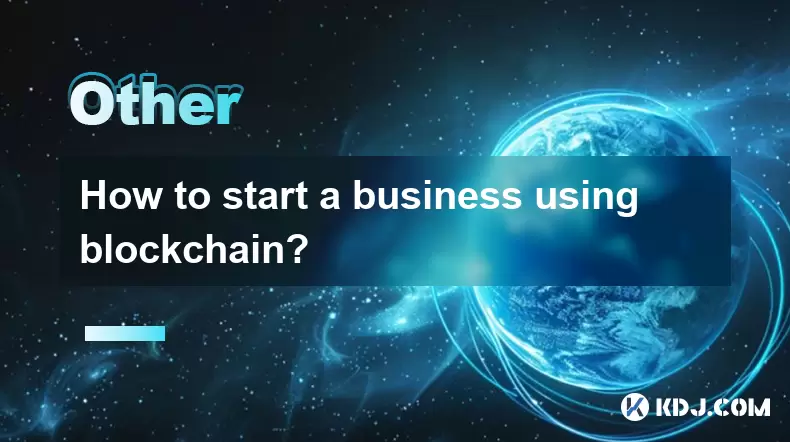
How to start a business using blockchain?
Jul 28,2025 at 12:36am
Understanding the Basics of Blockchain TechnologyBefore diving into the process of starting a business using blockchain, it's crucial to understand wh...
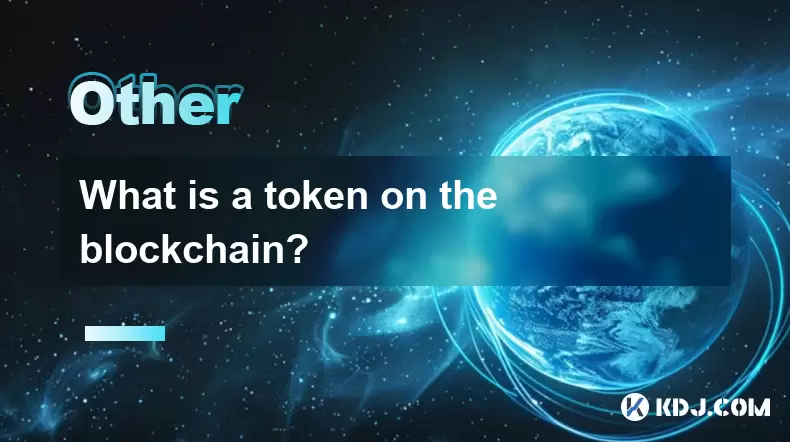
What is a token on the blockchain?
Jul 21,2025 at 07:00am
Understanding the Concept of a TokenIn the realm of blockchain technology, a token is a digital representation of an asset or utility that exists on a...
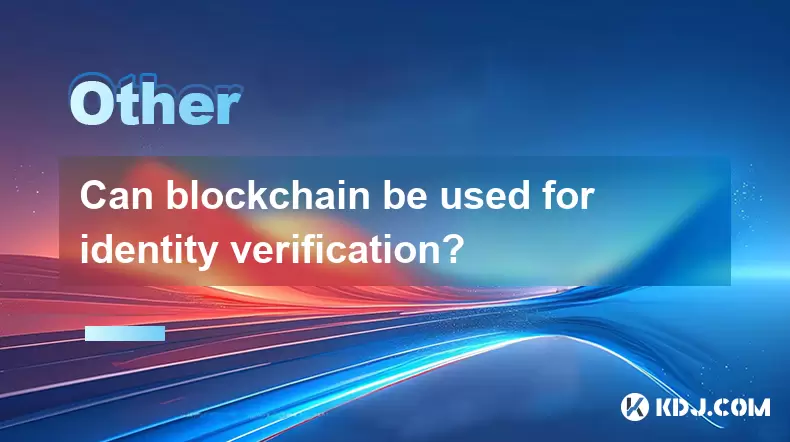
Can blockchain be used for identity verification?
Jul 18,2025 at 02:14pm
Understanding Identity Verification in the Digital AgeIn the modern digital landscape, identity verification has become a critical component for ensur...
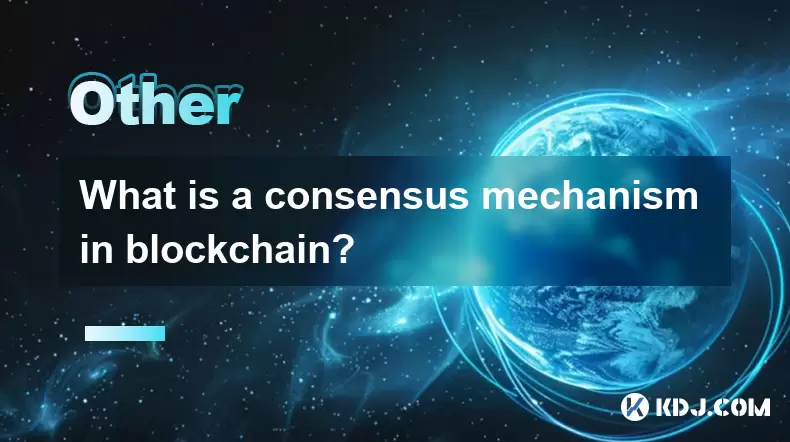
What is a consensus mechanism in blockchain?
Jul 21,2025 at 03:01am
Understanding the Basics of Consensus MechanismsA consensus mechanism is a critical component of any blockchain network. It refers to the process by w...
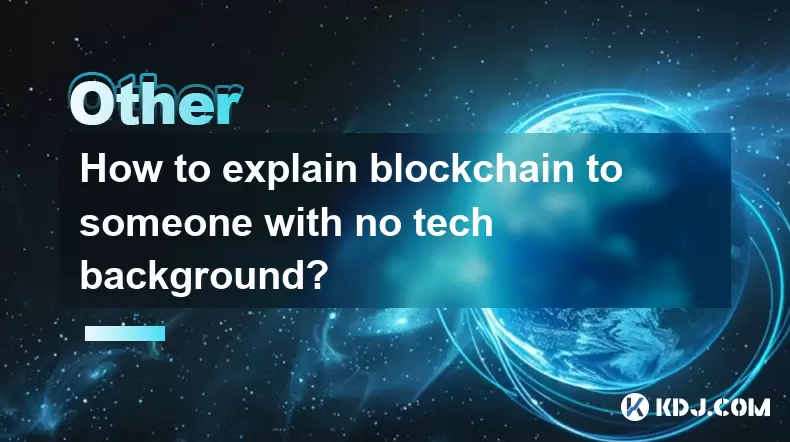
How to explain blockchain to someone with no tech background?
Jul 18,2025 at 11:08pm
Understanding the Basics of BlockchainTo explain blockchain to someone with no tech background, it's essential to start with simple analogies and avoi...
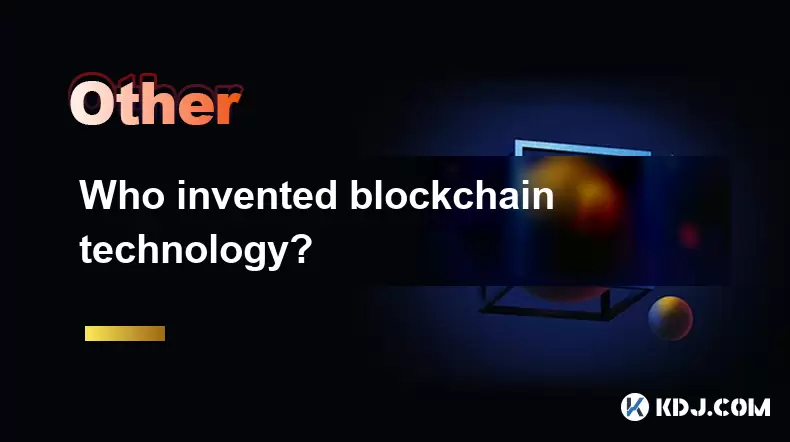
Who invented blockchain technology?
Jul 23,2025 at 01:28am
Origins of Blockchain TechnologyBlockchain technology did not emerge from a single inventor or institution. Instead, it evolved through a series of ac...

How to start a business using blockchain?
Jul 28,2025 at 12:36am
Understanding the Basics of Blockchain TechnologyBefore diving into the process of starting a business using blockchain, it's crucial to understand wh...

What is a token on the blockchain?
Jul 21,2025 at 07:00am
Understanding the Concept of a TokenIn the realm of blockchain technology, a token is a digital representation of an asset or utility that exists on a...

Can blockchain be used for identity verification?
Jul 18,2025 at 02:14pm
Understanding Identity Verification in the Digital AgeIn the modern digital landscape, identity verification has become a critical component for ensur...

What is a consensus mechanism in blockchain?
Jul 21,2025 at 03:01am
Understanding the Basics of Consensus MechanismsA consensus mechanism is a critical component of any blockchain network. It refers to the process by w...

How to explain blockchain to someone with no tech background?
Jul 18,2025 at 11:08pm
Understanding the Basics of BlockchainTo explain blockchain to someone with no tech background, it's essential to start with simple analogies and avoi...

Who invented blockchain technology?
Jul 23,2025 at 01:28am
Origins of Blockchain TechnologyBlockchain technology did not emerge from a single inventor or institution. Instead, it evolved through a series of ac...
See all articles

























































































